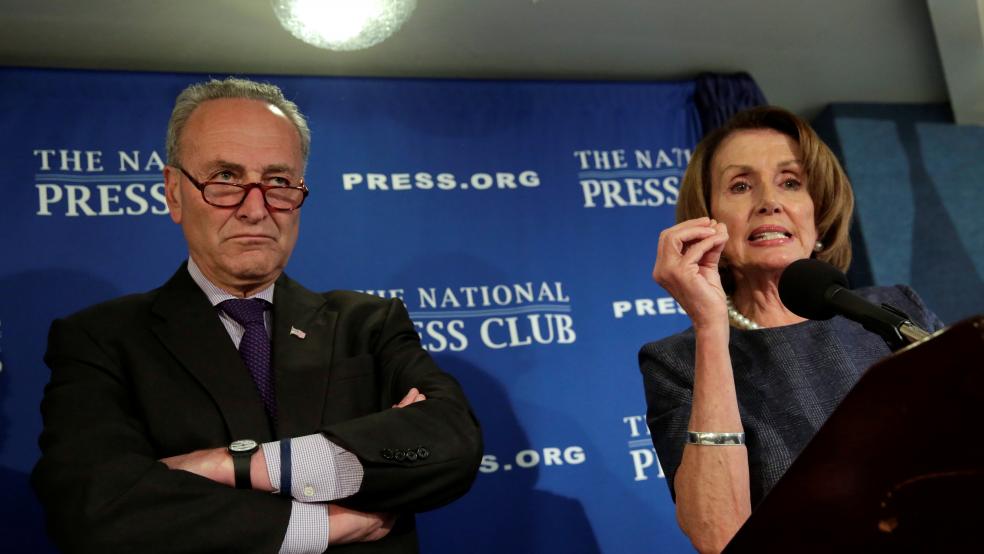With President Trump in office until at least 2020, Democrats won’t have the opportunity to enact their own tax legislation for several years, but party leaders are already talking about their options for what to do if and when they return to power, perhaps as soon as 2021. One central challenge, says liberal economist Stephanie Kelton at Bloomberg, is what to do about the Tax Cuts and Jobs Act that Republicans pushed through Congress last year. The tax cuts may not be terribly popular with most people but repealing them isn’t likely to be a crowd-pleasing option either, since raising taxes is rarely on any voter’s list of demands.
Here’s what Kelton sees as the three leading options for what Democrats could do on taxes if they win control of the White House and Congress in 2020:
* Repeal the tax cuts: Some Democrats have spoken about a clean repeal of the GOP tax legislation, largely based on the huge increase in the deficit and national debt it’s producing. As the leading proponent of modern monetary theory, Kelton doesn’t buy that line of analysis (for more on her argument, see an earlier Bloomberg piece here), but previous experience suggests that straight repeal “is almost certainly not in the cards,” Kelton says. “History shows that once Republicans succeed in cutting taxes that benefit the middle class — however meagerly — it’s difficult for Democrats to come in and snatch that away.”
* Write a new tax bill: Numerous Democrats are talking about passing new tax cuts that are aimed at working- and middle-class families, to be done in conjunction with a repeal of some of the tax cuts that went to the wealthiest households under the GOP plan, such as raising the top tax rate back to 39.6 percent. The most prominent of these Democratic plans, California Senator Kamala Harris’s LIFT the Middle Class Act, would provide fully refundable tax credits of up to $6,000 for households earning less than $100,000 a year, at a cost of roughly $2.7 trillion over 10 years. Some of the cost would be offset by repealing parts of the GOP tax bill that benefited households earning more than $100,000 a year, although Harris provided few details.
* Use it to “pay for” big ticket items: Democrats are kicking around some big ideas that come with big price tags, from free college to a job guarantee, and the repeal of the GOP tax cuts could be used as a way to pay for these ambitious new social programs. “Expect many candidates to respond to the inevitable ‘but how will you pay for it?’ question by answering that they would repeal the tax cuts,” Kelton says. One problem with this approach, though, is that the cost of the proposals being discussed likely exceeds any savings that can be generated through repeal of the tax cuts.




